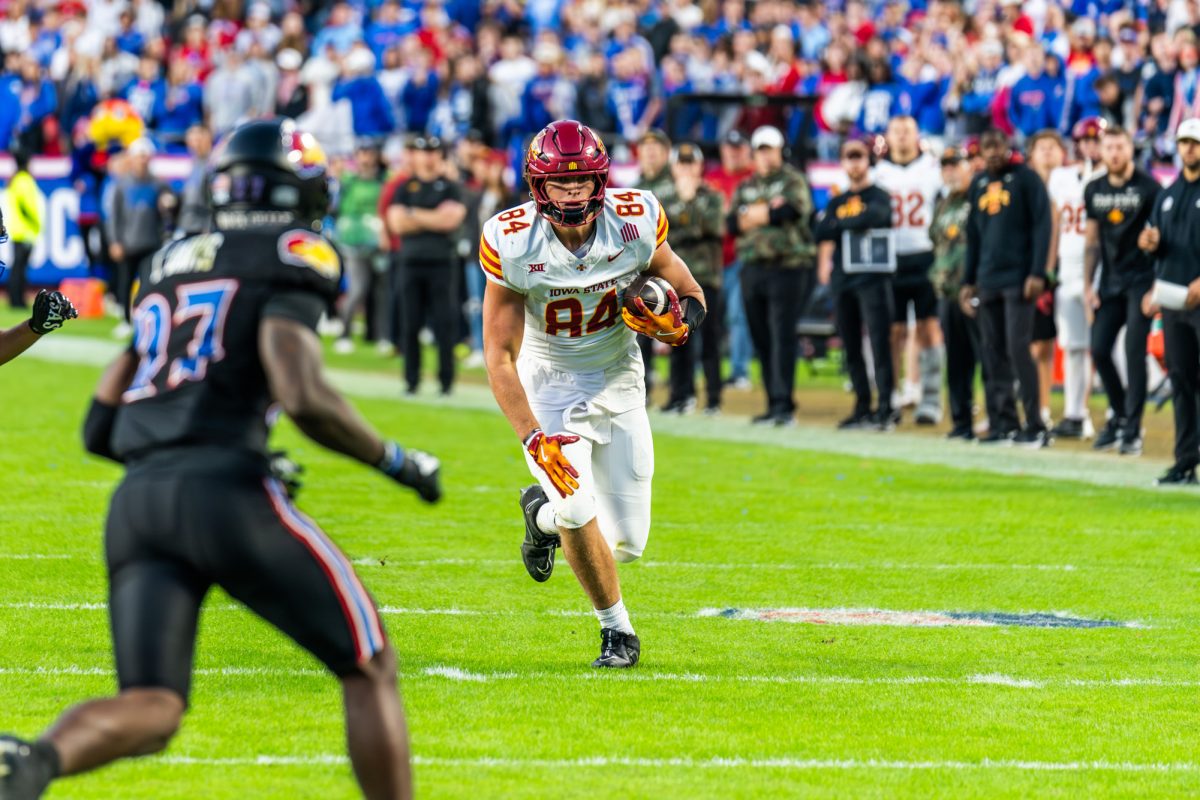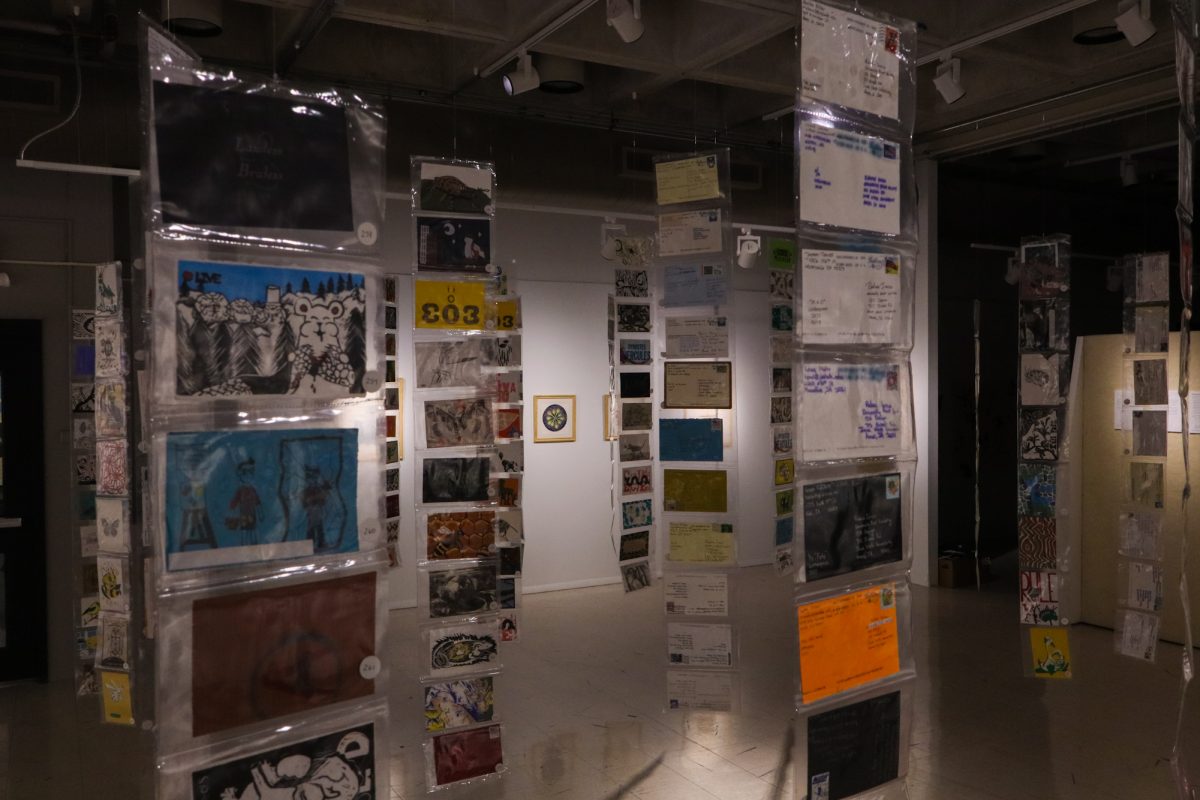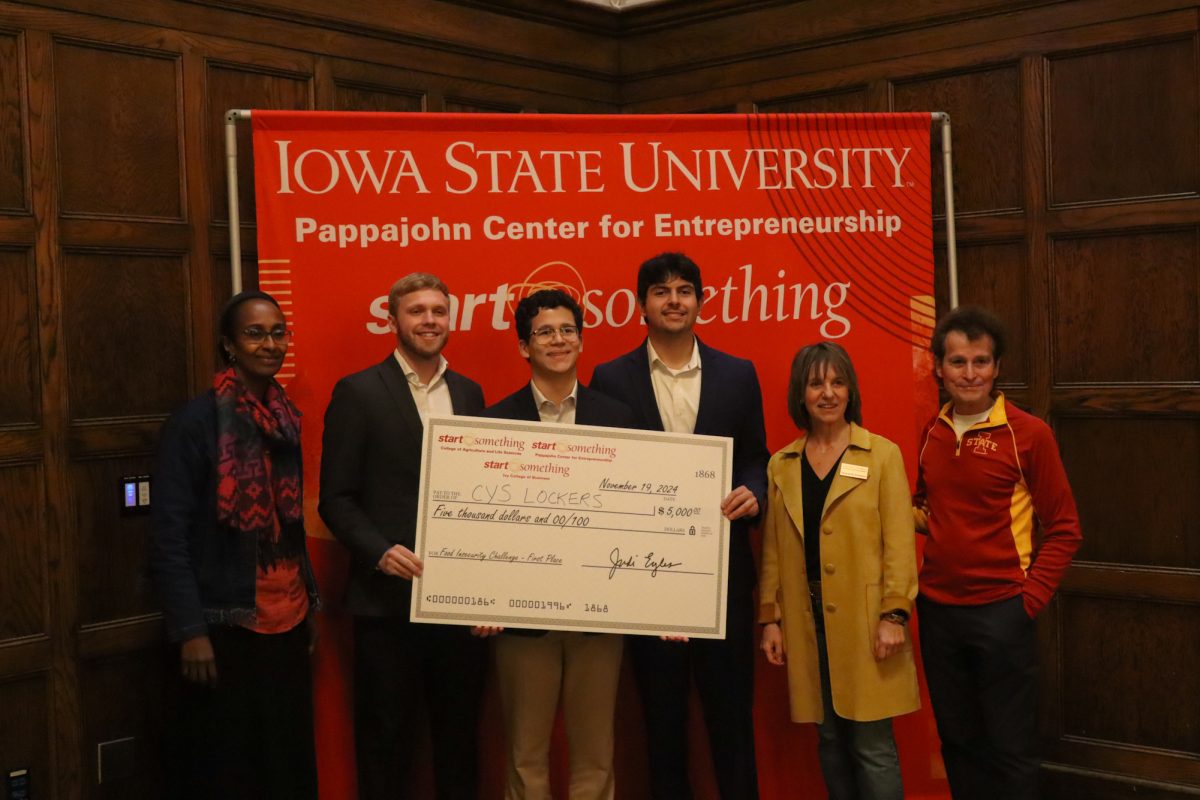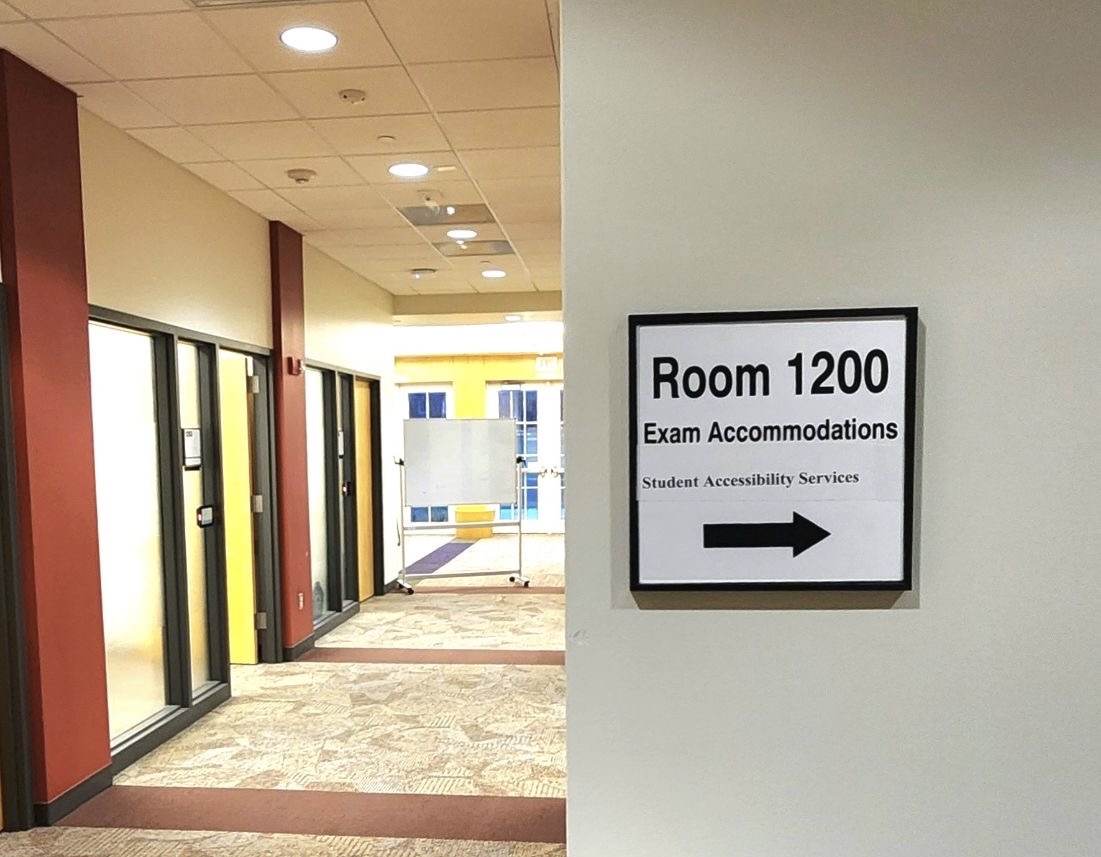Phelps Begins altitude training after 9-month layoff
May 17, 2009
CHARLOTTE, N.C. — Michael Phelps is heading to the mountains.
Eat. Sleep. Swim. That’s about all the winningest Olympian will be doing during his time at the U.S. training center in Colorado Springs.
He can’t wait.
“The next three weeks are going to be real important when we go to altitude,” Phelps said. “That’s going to be a big part of the summer.”
He already crossed the first major threshold of his post-Beijing career this past weekend, competing in five events at the Charlotte UltraSwim. Phelps won two and was runner-up in two others, losing to a couple of world-record holders. He swam only the preliminaries of his fifth event (50-meter freestyle), using it as training run for his new straight-arm stroke.
Considering Phelps had not raced since the Olympics — the nine-month layoff was by far the longest of his career — and he was coming off a wave of bad publicity over that infamous photo of him using a marijuana pipe, this was certainly an encouraging start to the final chapter in his master plan.
He hopes to conquer some new events and add even more gold to an already unprecedented collection before he hangs up the cap and goggles after the 2012 London Games.
“I’m happy to be back in the pool,” Phelps said. “I’m happy to have that first meet under my belt.”
He has been working out for only about two months, time spent mainly knocking off nearly 20 extra pounds he picked up during his all those television appearances, book signings and extracurricular activities — good and bad — after Beijing.
His rustiness showed in Charlotte. Phelps struggled with his starts and had to take a couple of extra strokes — one of which nearly caused him to crash into the wall on his flip turn — while losing to French star Frederick Bousquet in the 100 free.
While his upper body looked a bit more muscular, the result of a new weight-training regimen, a loss to Aaron Peirsol in the 100 backstroke showed his legs still need work.
But Phelps won with better-than-expected times in the 100 butterfly and 200 free, showing he’s not that far from returning to form.
“It’s very nice for Mike to remember what it’s like to race at the very top level,” said his coach, Bob Bowman.
After finishing his high-altitude work in Colorado, which should greatly improve his fitness, Phelps will swim a couple of meets next month: the Santa Clara Grand Prix in California on June 11-14 and the Quebec Cup in Montreal on June 18-21.
Then comes his first big test, the national championship at Indianapolis on July 8-11. That meet will be used to pick the U.S. team for the world championships, which begin July 26 in Rome.
Bowman said it’s too early to know what events Phelps will attempt to swim at worlds.
The 200 free and 100 fly most likely will be on the program, but three other stalwarts from Beijing — the 200 and 400 individual medley, along with the 200 butterfly — have been mothballed.
Phelps seems intent on mastering the 100 free and 100 back, but the Charlotte meet showed he’s still got catching up to do in both. It would be quite a chore just to make the U.S. team in the 100 back; Peirsol and fellow American Matt Grevers went 1-2 at Beijing, and longtime Phelps rival Ryan Lochte could also be in the mix.
“The UltraSwim is nice,” Bowman said. “But there’s other fish in the sea.”
Already this year, 18 world records have fallen — most of them in a new wave of high-tech swimsuits that some believe are even faster than the Speedo LZR Racer, which dominated in 2008 and is Phelps’ choice in attire.
Phelps didn’t wear the LZR in Charlotte, going with 2004-era legsuits and jammers, and he didn’t bother to shave down, either. That’s not unusual — he likes to save his fastest suits for the biggest meets, which makes him feel even quicker when he gets in the water.
In the 100 free, for example, Phelps likely cost himself a few tenths of a second by swimming in an old-fashioned legsuit while every other finalist — Bousquet included — went with a suit that covered the upper body.
But that’s the way Phelps likes it. Bowman has no complaints, either. His star is always at his best when he’s angry, and nothing makes him angrier than losing.
Phelps will have two losses to stew on when he gets to the mountains.
“He’ll definitely be motivated by that,” Bowman said.
Phelps is also eager to work more on that new freestyle stroke.
He experimented with a windmill-like motion at Charlotte, mixing it with his normal bent-at-the-elbow technique.
The straight arm has become the rage among sprinters because it theoretically creates more speed, though it requires more energy. Bousquet uses it with great success, including a world record in the 50 free last month, and U.S. Olympian Cullen Jones has come up with a modified version.
It definitely works, according to Phelps, but he didn’t feel comfortable enough to use it for the entire 100 final in Charlotte. He used his normal stroke for the first half of the opening lap, went to the straight arm for the next 25 meters, switched back to the bent-arm after the turn and finished up the last 15 or 20 meters with the windmill.
“There’s just a lot of small things I’ve got to fix,” he said. “When we get more time to perfect it, we’ll be able to do the whole 100 like that.”
Now it’s time to get to work.






